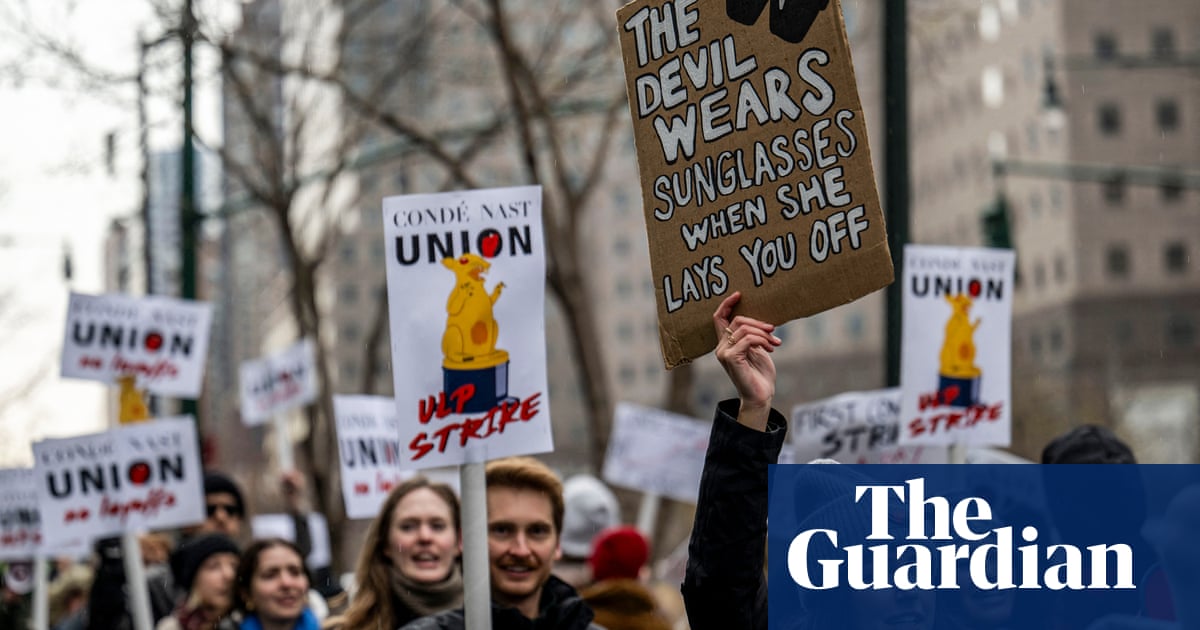It seems like there is a bit of a miss on revenue growth as well as the guidance this time. But for FY25, you are guiding that the growth is going to be in the range of, high single to low double digits. What are the factors that are going to lead to it and what gives you the confidence that you will be able to achieve this?
Jonathan Hunt: We delivered 9% growth for the full year. Q1, Q2 and Q3 were pretty much in line with what we expected. The fourth quarter is always our biggest of the year and that turned out to be the case this year. We exited with growth in revenue, but it was not quite as much growth as we were expecting. We did not reach the levels that we thought and there are a couple of things going on there, both in the marketplace and technologically.
As a business, we serve two different segments, simplistically. Major biopharma companies are sort of Fortune 500 corporations with large, profitable strong balance sheets and the other segment are biotech startups and their operating dynamics are very different. So, the startup life as it were, raise capital, have a great scientific idea and normally they raise funding for a year or two years, take their science forward and then they are back into the capital markets refinancing.
It is this constant flip-flop for them between driving their science and back into the capital markets for fundraising. And last year was a challenging year in the US for many of those companies to refinance. You have to go back a couple of years, two or three years ago we had an all-time peak in the amount of funding that had gone into biotech.
So, of course, you can roll forward a couple of years. Those businesses start to burn through their cash, come back to the capital markets and not all of them managed in the fourth quarter to refinance. Simply, if they do not raise new capital, they cannot spend it with us. We had a few more cancellations of contracts or delaying of those contracts in the fourth quarter than we predicted.
With respect to your US biotech funding, you are saying it is witnessing green shoots and that it is expected to be strong going forward, particularly later part of the year. Does this mean in H2, it will be strong or do you think the pressure could persist?
Jonathan Hunt: Yes, that is a reasonable sort of characterisation of the commentary we have made. So, we saw something like $23 billion of new capital flow into the US biotech sector in the fourth quarter. But those businesses that have raised that funding will take one-two quarters at least to go out; think about how they are going to deploy it, put things for bid, for contract wins, and then start to spend it, which is why there is this lag between capital raising and spending going up and that is why we are seeing more of that growth in the second half of the year. They raise the money now, they spend it in two quarters.What about the capex guidance? What is the capital expenditure plan to do in FY25 and where exactly will you be investing all of that?
Jonathan Hunt: We deployed $55 million last year. Next year, we will be a little bit ahead of that, it will be about $60 million and it is all the usual sort of themes within our business, automation, digitisation, improving productivity through an upgrading of technologies. About half of that should go towards our research discovery services business. The remainder will be going into the CDMO part, the development and manufacturing and then the usual sort of innovation, upgrades, software licenses, deployment of AI technologies across the business but innovation, automation, a little bit into robotics and then $60 million overall which is just a nudge ahead of what we did last year.What is the status of the Stelis facility? Will you stick to your earlier guidance of getting it operational in the second half?
Jonathan Hunt: No guidance on the finance side of it. But it is progressing well. The teams are in there. They are making the changes in the upgrades, progressing absolutely to plan so I expect, as we said, to complete that upgrade, get it operational, or available to be operational in the second half of the year. No news is good news.
Wanted an update on the Mangalore API facility as well. We see new order wins happening for that facility. What is expected going forward for Mangalore API?
Jonathan Hunt: There are ongoing contract discussions. There is development work that is going there. But it is all rolled up into our overall guidance for the year ahead. So, we have said that we expect revenue to increase from high single digits to low double digits. Remember, that is on a constant currency base. We reported 9% growth for the full year with currency in the last year. If we take the currency out to get the true constant currency baseline, that is about 6%.
So, 6% last year is becoming high single digits to low double digits in the year ahead and that is a synthesis of what we think is going on in the research services, what we think is going on in large and small molecule development and manufacturing and it gives you a sign of confidence for the year ahead. We talked a little bit about the phasing. It will be slower in the first half and then it will build into the second half with an implied strong exit to the end of the year.





/cdn.vox-cdn.com/uploads/chorus_asset/file/23986648/acastro_STK086_03.jpg)

